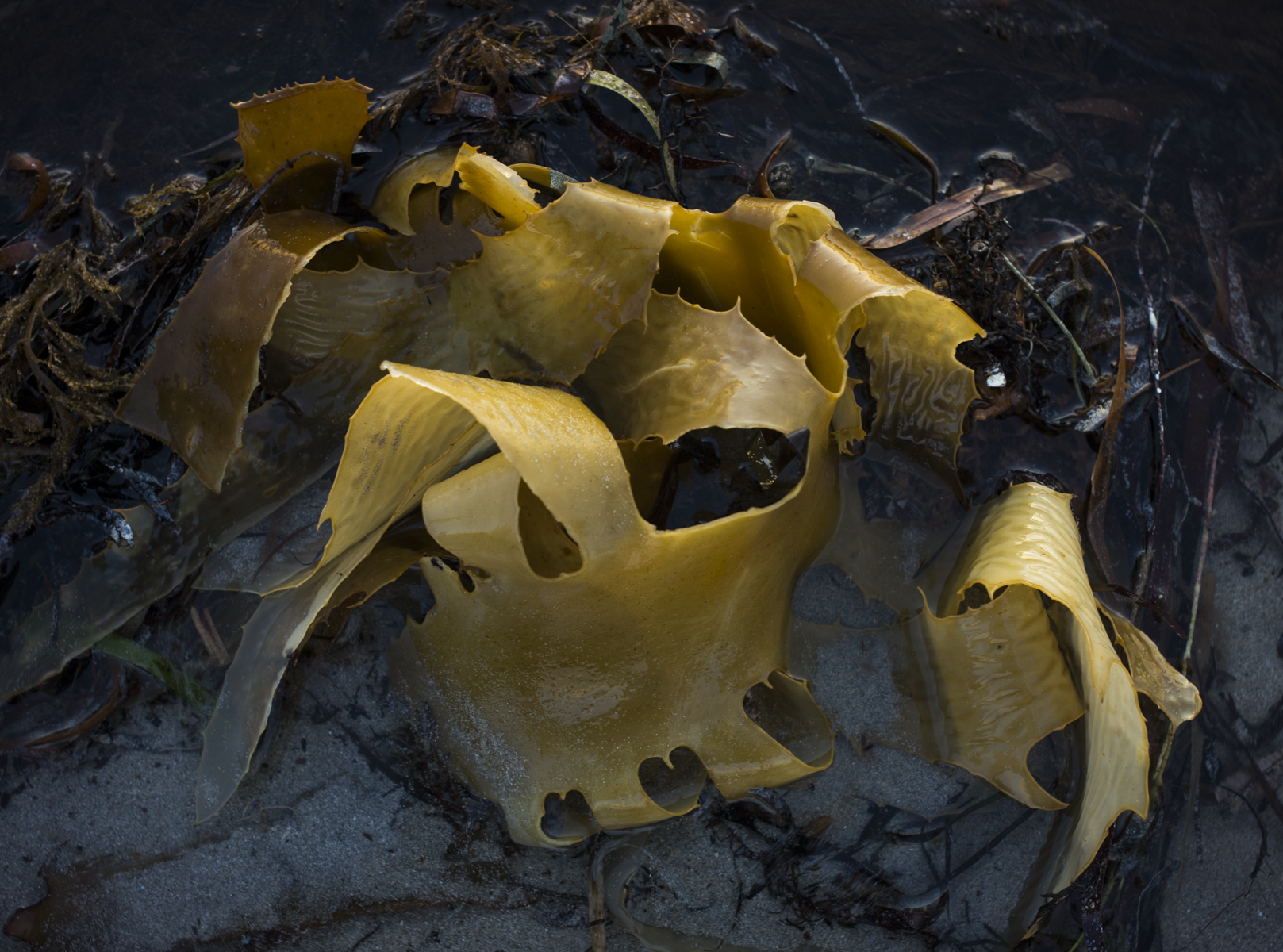I’ve been photo-walking the streets of Adelaide these last couple of days. Ostensibly it was to hunt down and photograph the various pasteups down by Peter Drews for his street art project entitled ‘Adelaide’s Forgotten Outlaws! I wanted to do it before the temperatures reached the high 30’s–which they are today.
Then I realized that I was really using this urban wandering to basically look for new locations for the Adelaide book I’m slowly putting together.
I was looking for locations from car parks that would give me a skyline perspective for large format photography. I wasn’t very successful in my last exploration as I was looking for car parks with open roofs, but these are few and far between in Adelaide. This time I was happy enough to check out the car parks with open grills to see what kind of perspective they offered.











